
Star Trek has had many wars over the decades, ranging from smaller conflicts between species to galaxy-wide battles that have gone down as defining points in history. The Star Trek franchise began in 1966 with Star Trek: The Original Series, and to date has produced nine television shows and thirteen films. With the sheer amount of stories that have been told, it isn't surprising storylines about war have popped up so often.
Generally, Star Trek's goal has been to depict a utopian future. Creator Gene Roddenberry was interested in showing an optimistic vision of the future, with humans having overcome their differences as a species to become players on the galactic stage. Conflict, however, is what makes television and films inherently interesting, and not every alien species humans come into contact with in Star Trek have been friendly
The franchise has its fair share of important wars, ones that have laid the groundwork for ongoing storylines and established their own mythos. The series contains ten such wars, plus four other conflicts that mark definitive points on the Star Trek timeline. Not all of these were depicted on-screen in their entirety, but all have been explored in some way by various Star Trek shows or movies.
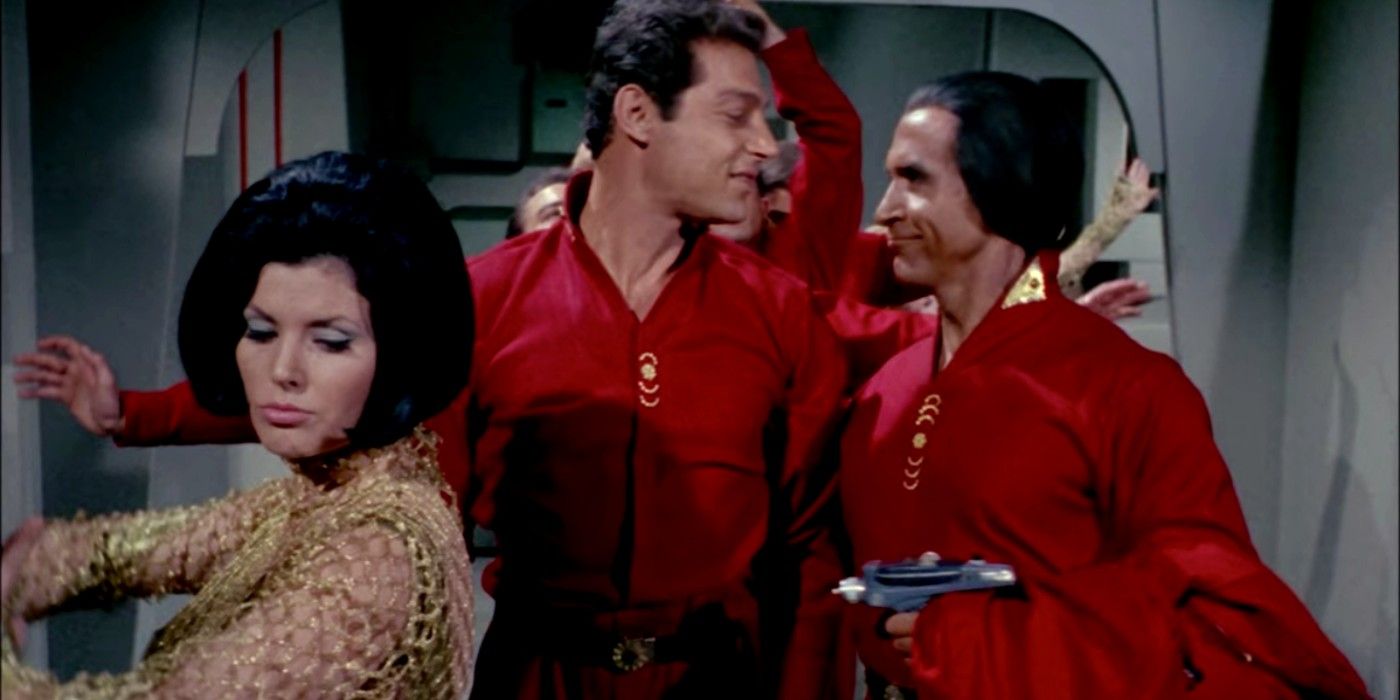
One of Star Trek's earliest wars was the Eugenics Wars, which took place from 1992-1996 in canon. The Eugenics Wars were never shown directly on-screen but were referenced heavily in episodes of TOS and Star Trek: Enterprise. They began when a group of scientists sought to use genetic engineering to improve humanity, creating a race of superhumans who had superior strength, stamina, and intellect. Unfortunately, these individuals also possessed enhanced cruelty and ambition, and took over large portions of the planet, ruling as tyrants and dictators. They were eventually defeated but many escaped on a sleeper ship and were found centuries later by Captain Kirk and the USS Enterprise. Star Trek's most famous superhuman was Khan, who first appeared in the TOS episode "Space Seed".
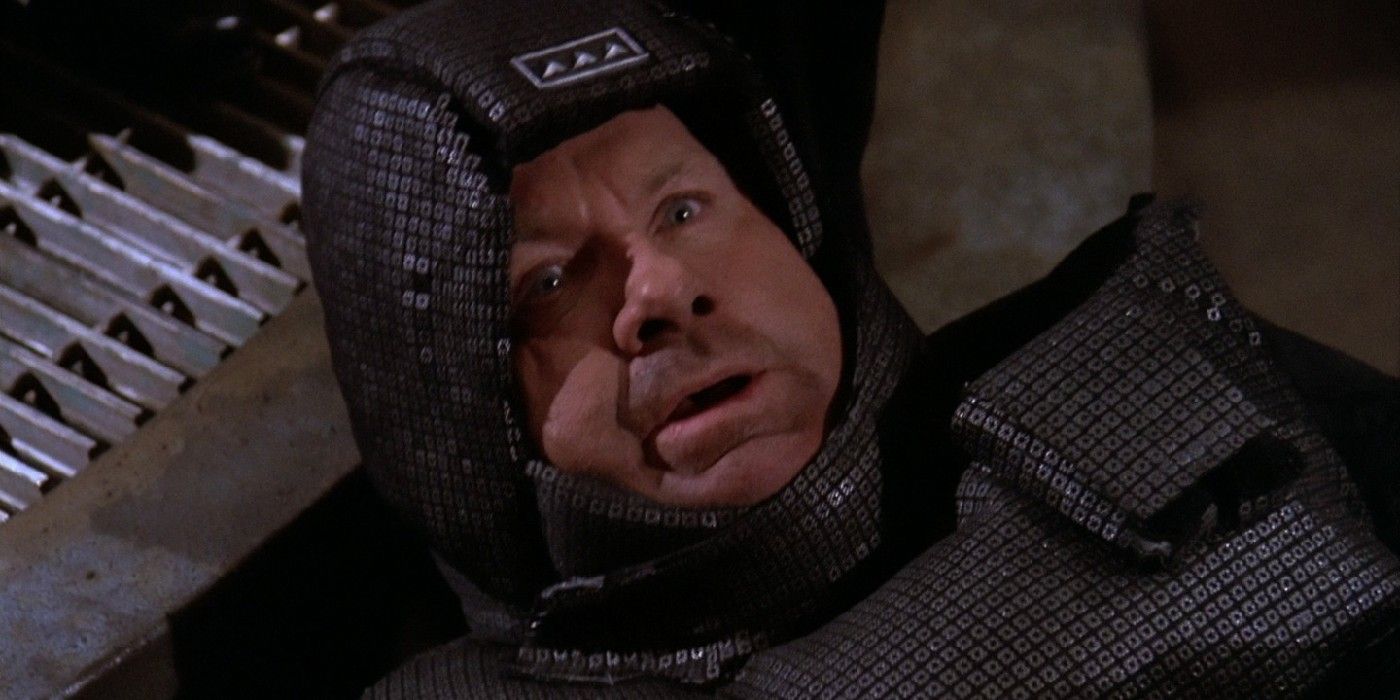
The Eugenics Wars also gave rise to World War III, which was explored mostly in TOS, Enterprise, and briefly in Star Trek: Discovery. World War III started in 2026 from lingering issues surrounding genetic engineering and went on to reap an enormous loss of life until its end in 2053. Many factions during the war controlled their soldiers with narcotics, and eco-terrorism as well as nuclear weapons were used heavily, resulting in nuclear fallout that lasted until at least 2079. Luckily in 2063, humanity made first contact with the Vulcans as depicted in Star Trek: First Contact. The existence of extraterrestrial life united humanity in a way nothing else had, and within 50 years Earth had eliminated issues of poverty, disease, and hunger. Still, World War III had a profound effect on the planet and its consequences were felt well into the 22nd century.
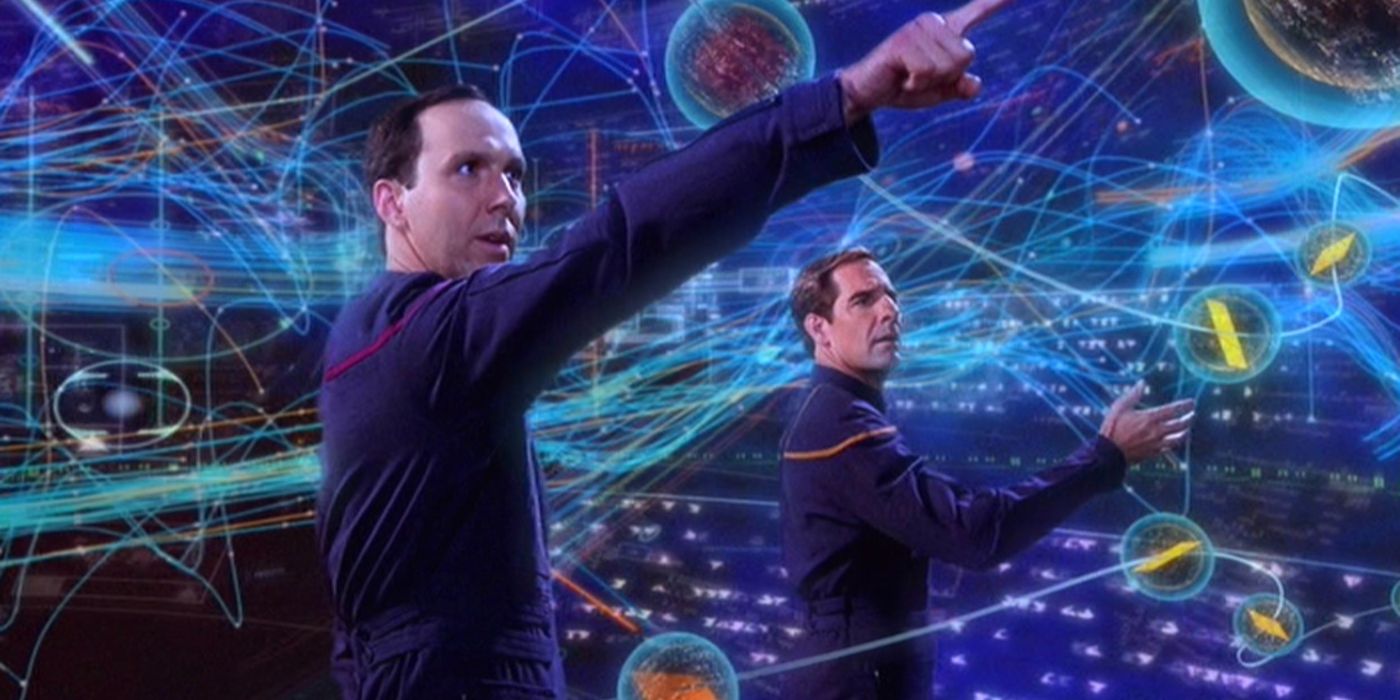
The Temporal Wars were a series of conflicts fought across both space and time, but humanity first became involved in 2151 when Captain Jonathan Archer and his crew were pulled into a portion of the conflict involving the Klingons and the Suliban. This was explored in the pilot episode of Enterprise and the Temporal Wars went on to become a major plot point throughout the series. Much of the conflict was considered a cold war, which became a full-scale war in the Enterprise two-parter "Stormfront" when Earth's history was changed by the Na'kuhl. Archer and his crew were able to end the conflict with the help of Temporal Agent Daniels. The conflict was not explored again until season 3 of Star Trek: Discovery, where it came up in conjunction with Discovery's time jump to the 32nd century, the time period around when many of the Temporal Wars had originated.
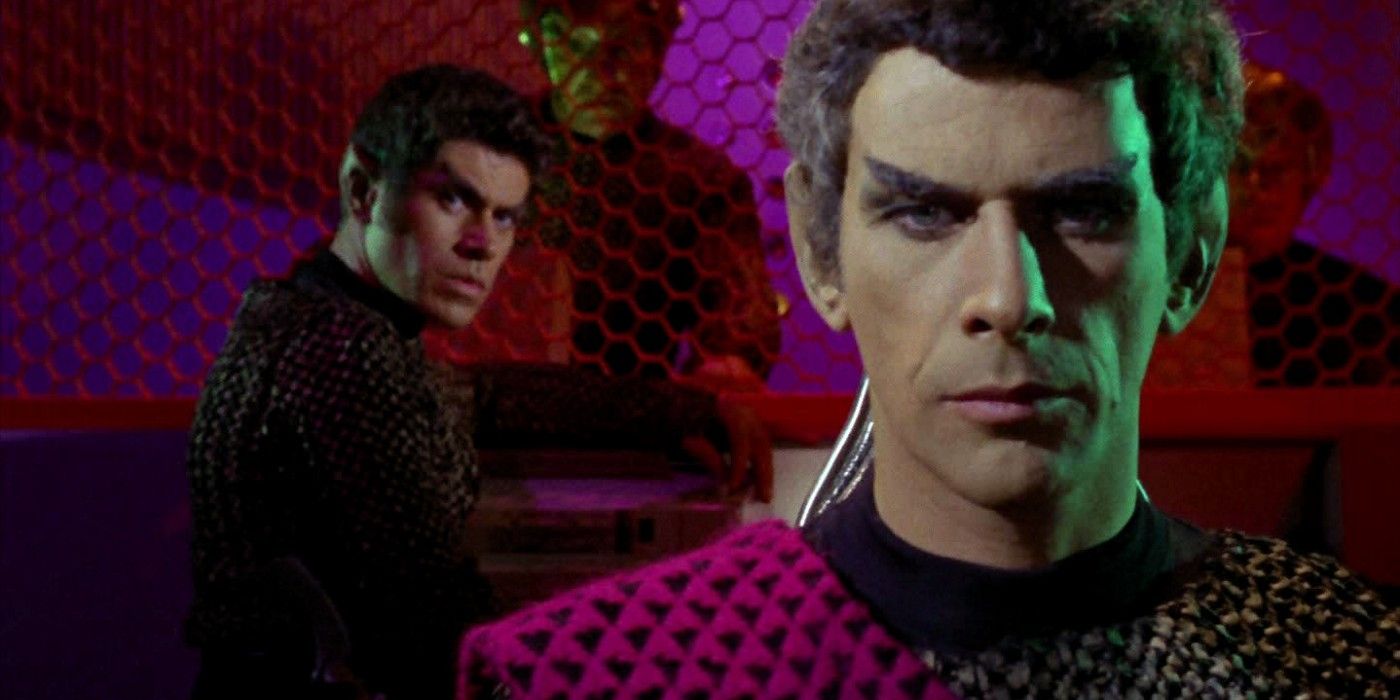
The Earth-Romulan War was the last major conflict between Earth and an alien species before the United Federation of Planets was formed and was mostly shown or discussed on Star Trek: TOS and Enterprise. The war lasted from 2156 to 2160, although tensions had been building during the early 2150s as Romulans sought to keep humanity from becoming a major galactic power. Open hostilities ended in 2160, when human, Vulcan, Andorian, and Tellarite forces allied to defeat the Romulans. The end of the war resulted in the creation of the Romulan Neutral Zone, and the four allied forces in the battle became the Federation's founding members. However, the war had lasting effects on Romulan and Federation relations, and hostilities between Starfleet and the Romulans have been depicted in nearly every Star Trek series.
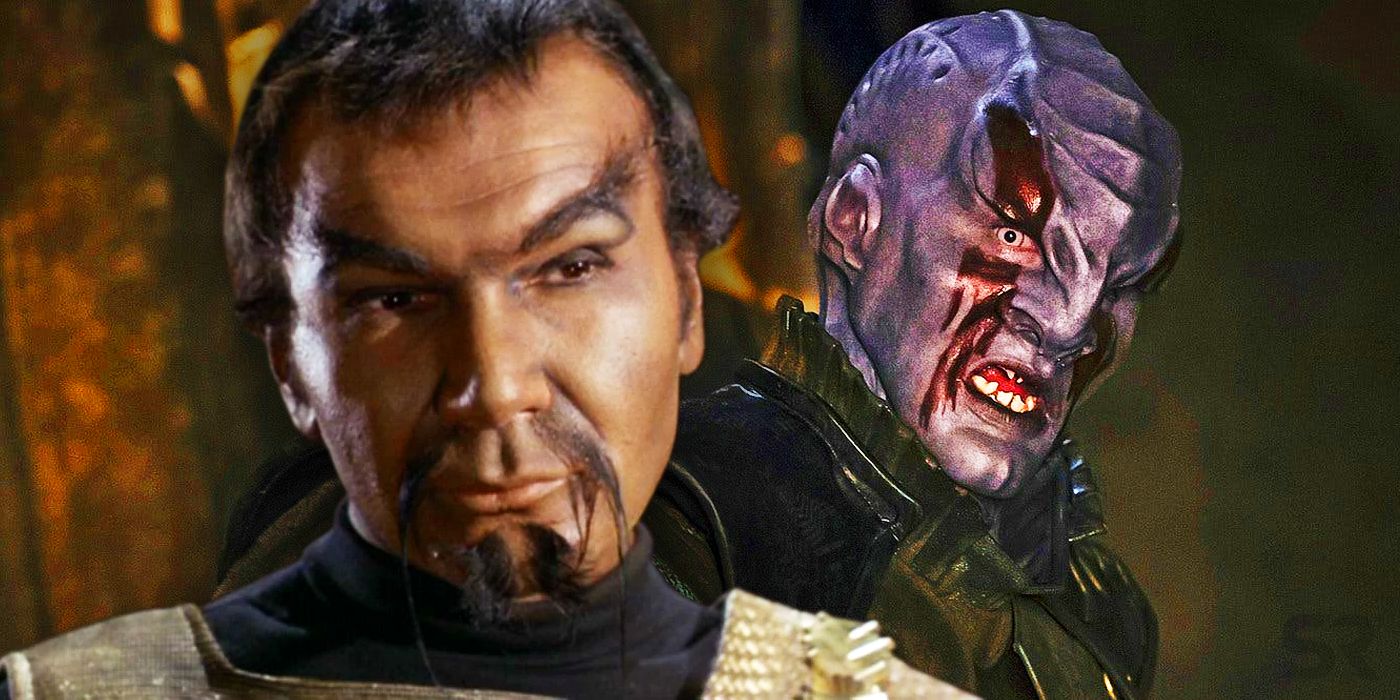
The Federation-Klingon War was the biggest of many conflicts between the Federation and the Klingon Empire, although hostilities had existed for a long time. The official war was not initiated until the Battle of the Binary Stars in 2256, which was depicted in Star Trek: Discovery. While the war itself wasn't shown until Discovery, conflicts with the Klingons were explored in Enterprise and TOS, including the Klingon invasion of Organia in TOS episode "Errand of Mercy". Official peace would not be achieved between the two powers until 2293, as shown in the film Star Trek VI: The Undiscovered Country.
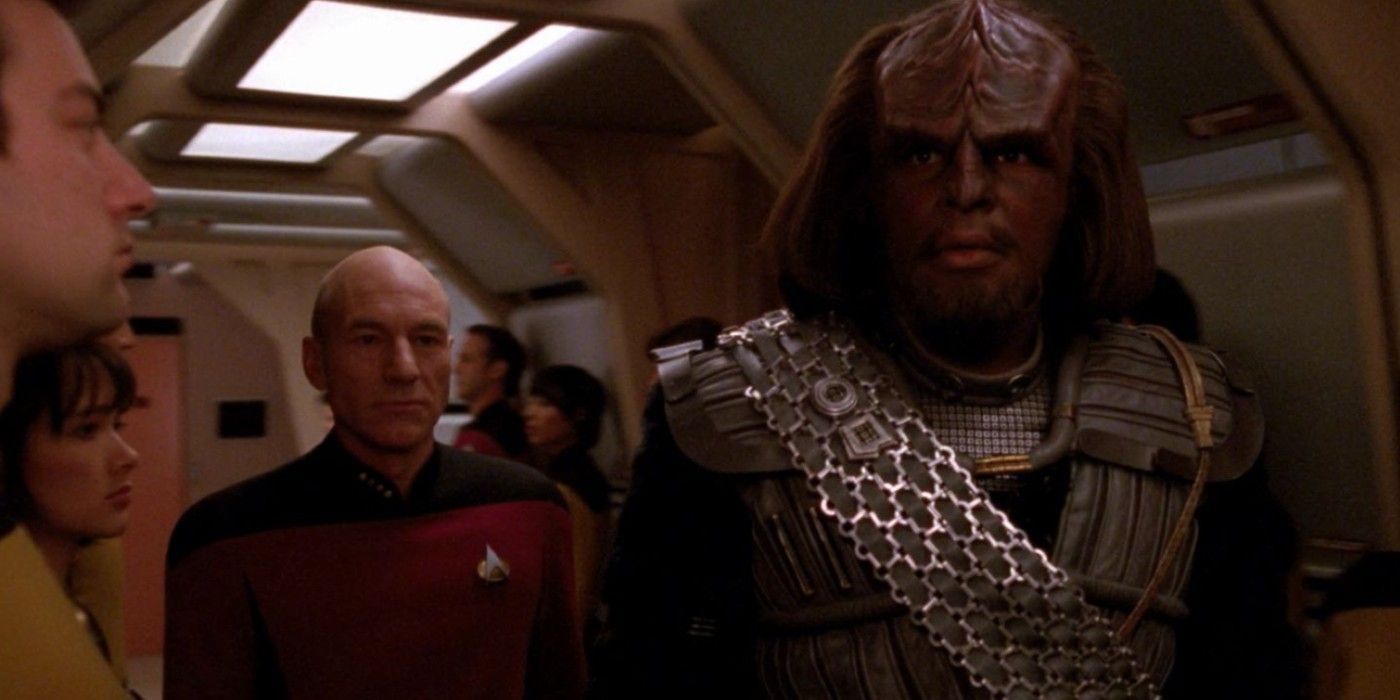
The Klingon Civil war was a short-lived conflict from 2367-2368, mostly explored in the Star Trek: The Next Generation two-parter "Redemption". The war was fought over who had the right to be Chancellor of the Klingon High Council, with current Chancellor Gowron on one side and the supporters of the House of Duras on the other. Although the war was fought mostly amongst the Klingons, several other forces came into play, including the Romulans and the Federation. The character of Worf from TNG was heavily involved, at one point even resigning his Starfleet commission to join the fighting. Ultimately, Captain Jean-Luc Picard and the crew of the Enterprise-D helped to expose a plot between the Duras sisters and the Romulans, putting an end to hostilities and reaffirming Gowron as Chancellor.
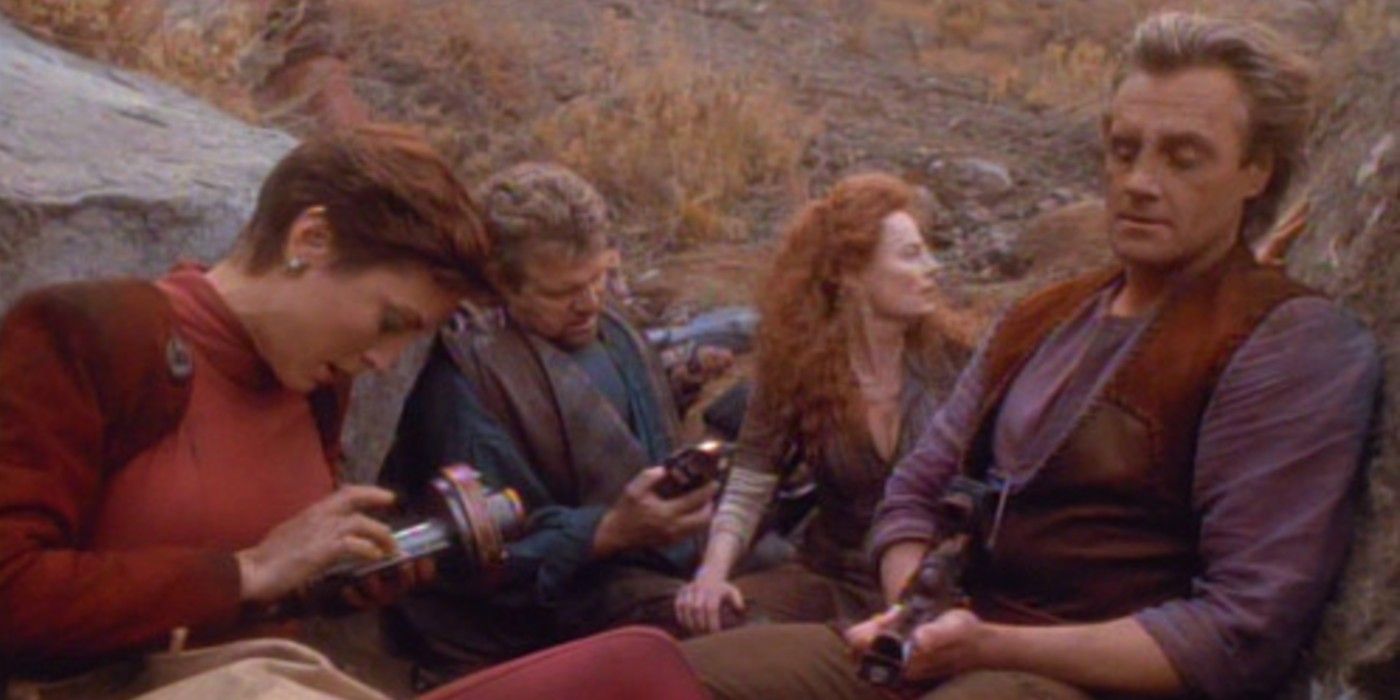
The Occupation of Bajor by the Cardassian Union was first introduced as a plot point in Star Trek: TNG but went on to set up several interconnected conflicts in Deep Space Nine and Voyager. It began officially in 2328, although the Cardassians had maintained a military presence on Bajor since 2319. During the Occupation, the Cardassians imposed their militaristic form of government on the Bajorans, strip-mined the planet for its resources, and forced the Bajoran people into slavery, committing genocide on a massive scale. Over the course of the Occupation, the Bajorans mounted a resistance movement that used guerilla warfare and terrorist tactics to attempt to drive the Cardassians out. Fighting between the Resistance and the Cardassians lasted until the Cardassians withdrew in 2396, due to pressure from Cardassian Central Command and the Federation.
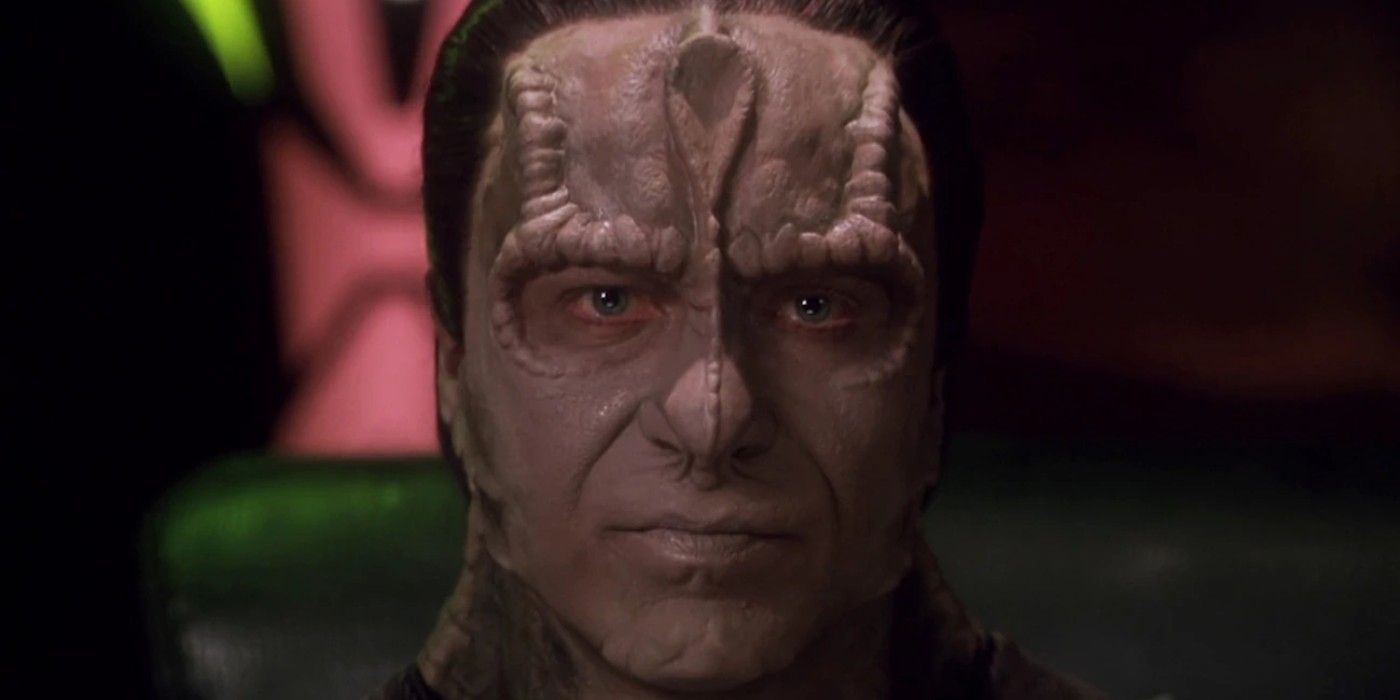
At the same time the Cardassians were occupying Bajor, they were engaged in a series of battles with the Federation over disputed territories that later became known as the Federation-Cardassian War. The war started in the 2340s, and the conflicts were largely explored over the course of Star Trek: TNG. During the war, both Cardassian and Federation forces battled for control over locations along the Federation-Cardassian border, but by the mid-2360s, the fighting had come to a stalemate, which led to the peace treaty and armistice being drawn up in 2367. The armistice created further problems however when it established a demilitarized zone along the border. During the creation of the demilitarized zone, a number of planets with both Federation and Cardassian colonies on them fell into dispute, giving rise to the formation of the Maquis.
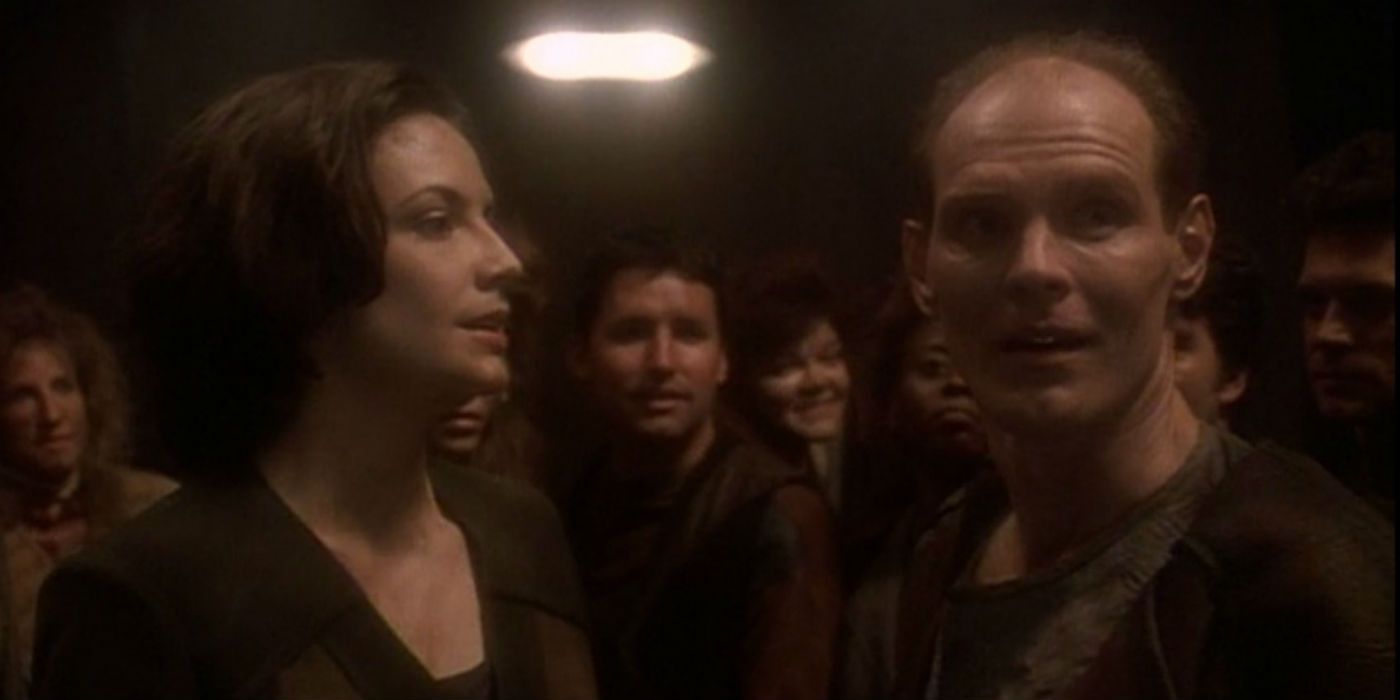
The Maquis were first introduced in Star Trek: TNG but went on to play a major role in both Deep Space Nine and Voyager. As discussed, the establishment of a demilitarized zone between Federation and Cardassian space caused a number of Federation colonies to become stranded. The Federation attempted to help the colonists evacuate, but many refused to leave and instead asked for help from Starfleet in protecting themselves, help which Starfleet was unable to provide because of the treaty. Once it was clear to the colonists they were on their own, they formed a group called Maquis and began fighting back against both Cardassian and Starfleet forces. The Maquis grew into a full-blown resistance movement from 2370 to 2373, but once the Cardassians joined forces with the Dominion, they used their newfound military power to wipe out the Maquis, putting a bloody end to the rebellion. Starfleet considered any remaining Maquis terrorists, and those left alive were imprisoned by the Federation.
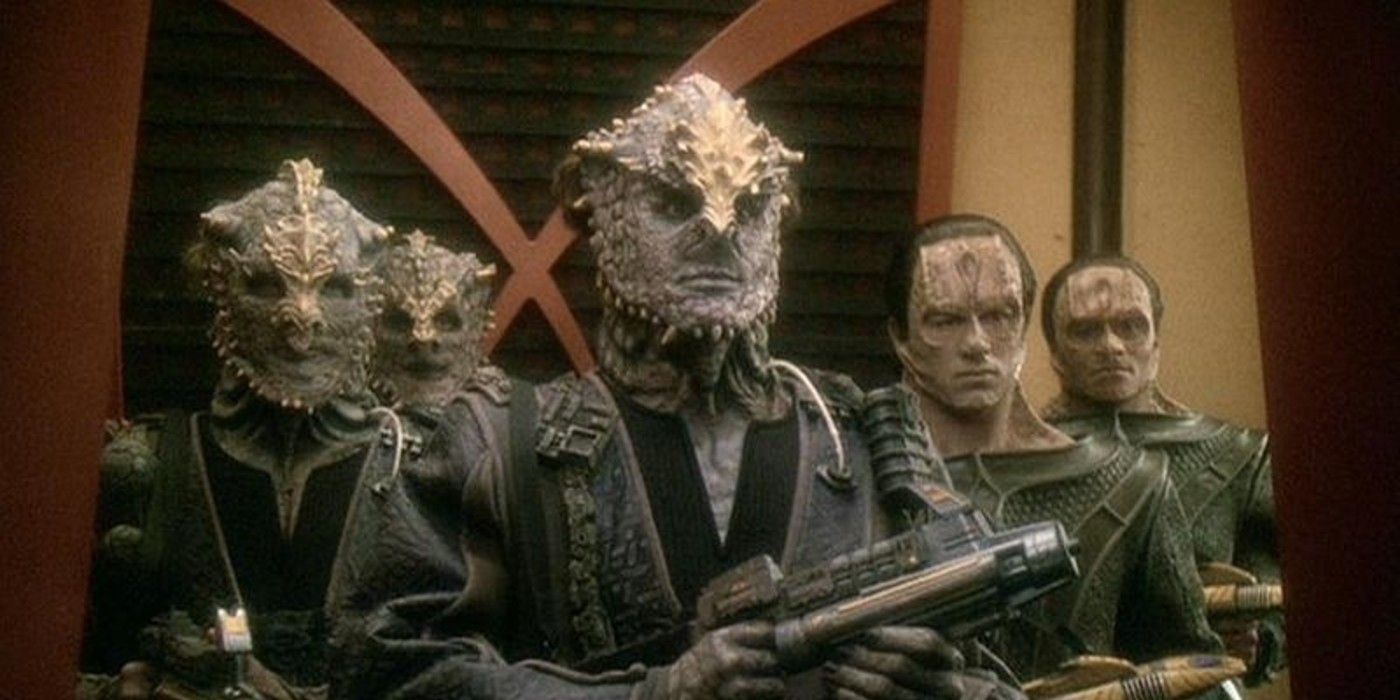
The Dominion War was the central focus of much of Deep Space Nine and was arguably the biggest war depicted during any Star Trek series. Although the official war only lasted two years beginning in 2373, the conflict had been building from 2370. The Dominion was a coalition of planets from the Gamma Quadrant, ruled over by the Founders, a race of shapeshifters who sought to expand their empire into the Alpha Quadrant. Using infiltration tactics, the Founders insinuated themselves into Alpha Quadrant politics in an attempt to destabilize established power structures. This lead to several conflicts between the Federation, the Klingons, and the Cardassians, before all three realized they were being manipulated. The Federation and the Klingons united themselves against the Founders, but Gul Dukat allied the Cardassians with the Dominion in exchange for power. When all-out war broke out between the Federation powers and the Dominion, it took several large-scale battles and a Cardassian rebellion before the Dominion was defeated and forced to retreat to the Gamma Quadrant.
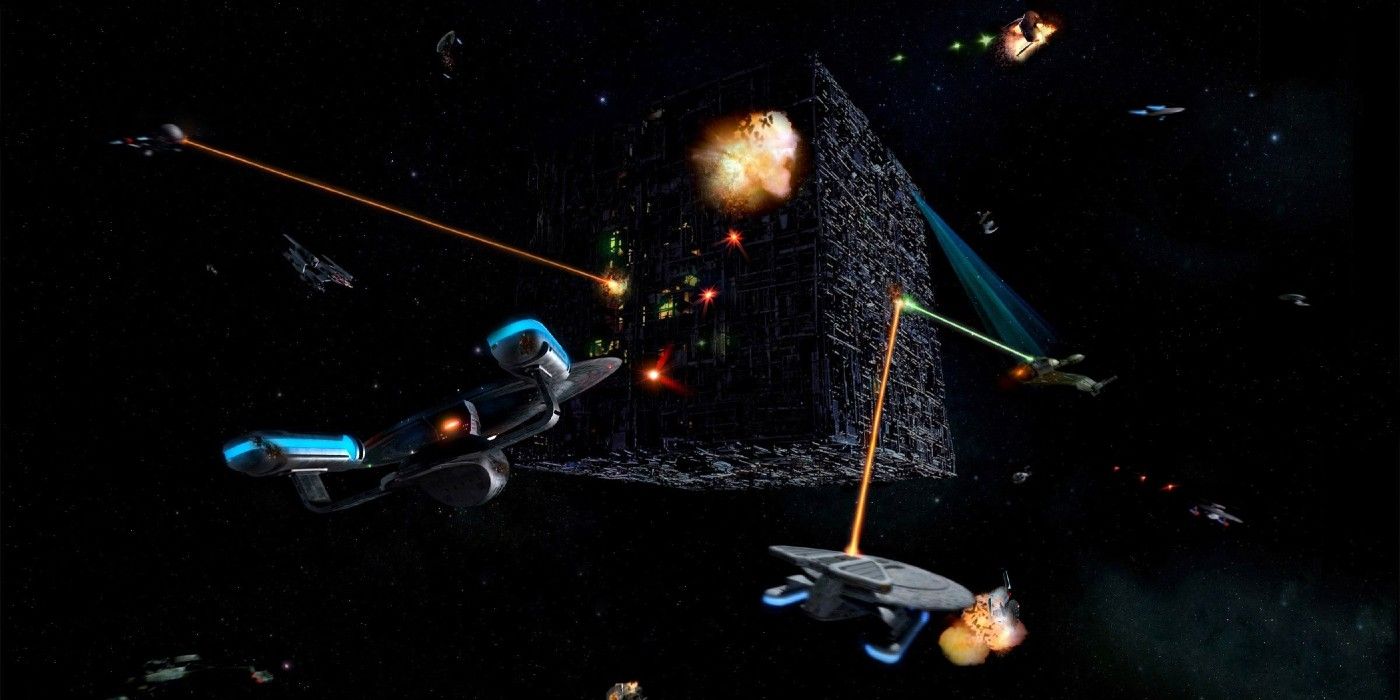
While the ten wars already discussed make up the majority of important conflicts in the Star Trek franchise, there have been others that aren't necessarily all-out wars but deserve mention. The most important is the Battle of Wolf 359, which was the first battle fought between Starfleet and the Borg. Wolf 359 was depicted in the TNG two-parter episode "The Best of Both Worlds" and was arguably the opening salvo of the Federation's ongoing war with the Borg- a war that the Star Trek franchise has yet to resolve. In addition to Wolf 359, a few other important battles should be mentioned. These include the battle with Control at the end of Discovery season 2, the Khitomer massacre, a Romulan-Klingon conflict from TNG, and the Attack on Mars in Star Trek: Picard season 1, a Romulan-orchestrated attack that resulted in the Federation's ban on synthetic life in 2385.
Although Star Trek was first conceived of as a utopian ideal of the future, the franchise has seen more than its fair share of conflict. While many of the big wars in the franchise's history took place before humanity's first contact with the Vulcans and the formation of the Federation, just as many took place during a period of time when peace was supposed to be the order of the day. With new Star Trek content being produced for the franchise all the time, it is likely audiences will continue to see storylines about war going into the future.
from ScreenRant - Feed https://ift.tt/3epR4Af

No comments: